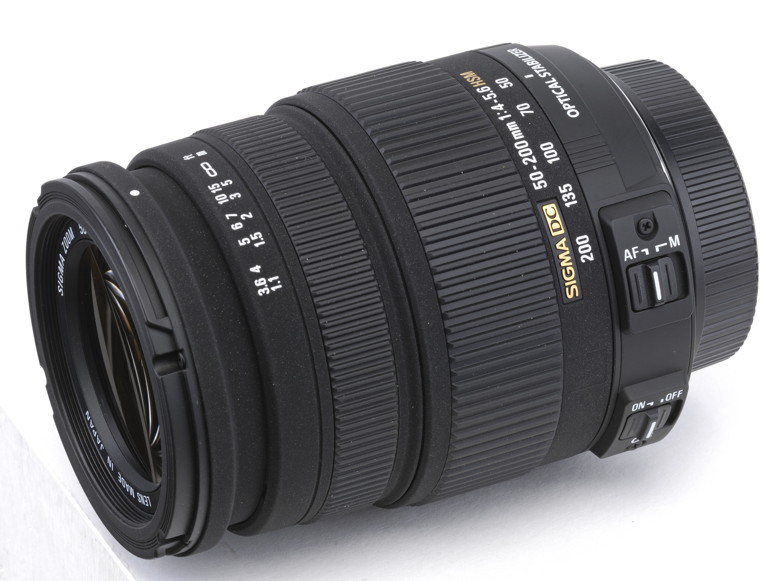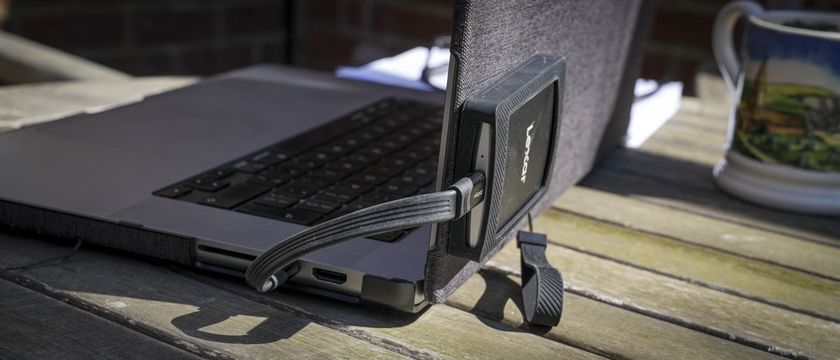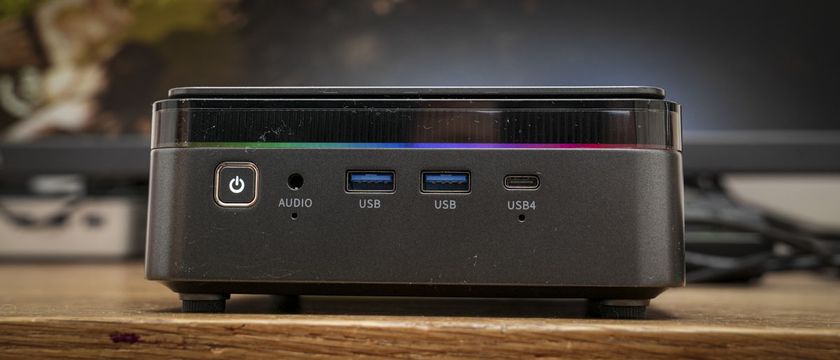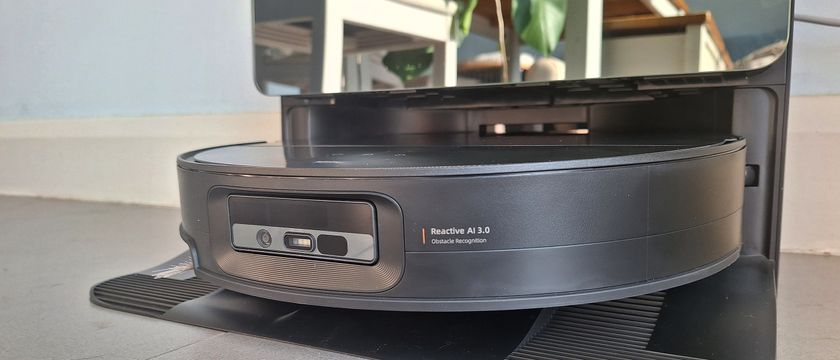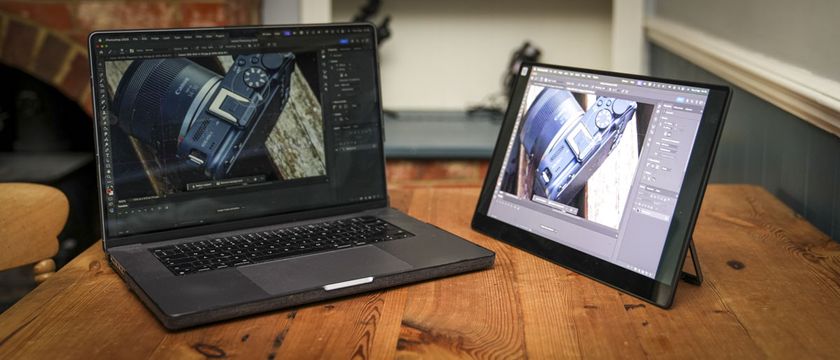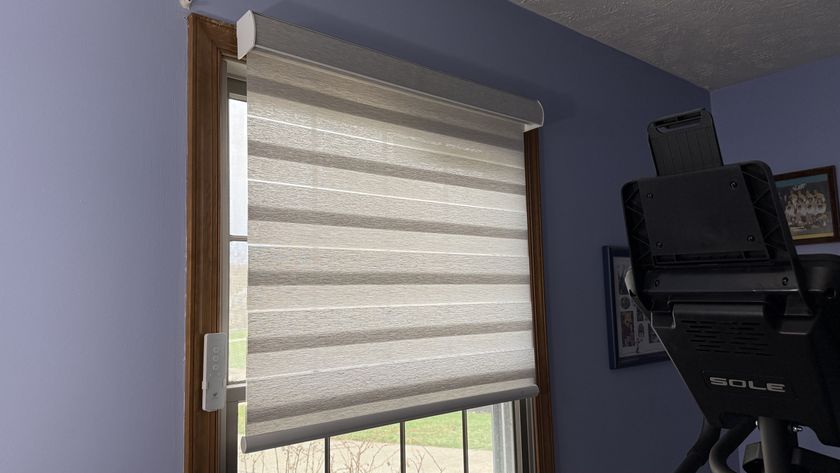TechRadar Verdict
Pros
- +
Small but not too lightweight
- +
HSM autofocus and optical stabiliser
- +
Includes a focus distance scale, often omitted on budget lenses
Cons
- -
Lack of outright sharpness at 200mm focal length
- -
Stabilisation only consistently gave a 3-stop advantage in our tests
- -
Not compatible with full-frame cameras
Why you can trust TechRadar
Designed specifically for APS-C cameras with smaller than full-frame sensors, as denoted by its 'DC' suffix, the Sigma 50-200mm f/4-5.6 DC OS HSM zoom lens is available in Canon, Nikon, Pentax, Sigma and Sony mount options. Once you take the crop factor into account, the effective zoom range is 75-300mm in all versions apart from Canon-fit, where it's 80-320mm.
Apart from its extremely compact build, other headline attractions include Hypersonic Motor (HSM) autofocus and Sigma's optical stabiliser (OS) system. It's all good news, considering that this is one of the cheapest telephoto zoom lenses on the market.
Measuring just 74 x 99mm and weighing 420g, the Sigma 50-200mm OS takes up little room in your kit bag and, even at its maximum telephoto zoom setting, it only extends to 161mm with the lens hood fitted. The design is based on 14 elements in 10 groups, complete with one Special Low Dispersion (SLD) element and an eight-blade diaphragm.
The maximum aperture of f/4.5-5.6 through the zoom range can be reduced down to f/22-32.
Sigma claims a 4-stop advantage from the optical stabiliser in this DSLR zoom lens, and the HSM autofocus is fairly quick and quiet. However, it's not Sigma's more advanced ring-type HSM, so it's not massively rapid and lacks full-time manual override.
The closest focus distance is 110cm, which enables a maximum magnification factor of 0.22x at the 200mm zoom setting. Focusing is internal, so the front element neither extends nor rotates, making it ideal for use with a circular polariser or other rotation-sensitive filter. The lens has a relatively small 55mm filter thread and comes complete with lens hood.
